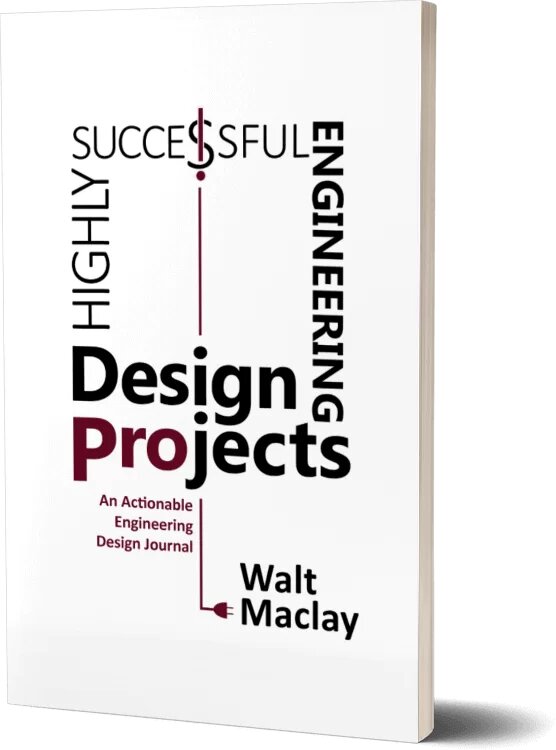Developing new hardware is no simple task. It starts with specific requirements that need to be addressed, followed by a step-by-step process—from brainstorming to the manufacture of a final product. Part of this process is the assembly of a functional prototype. And it is important to note that there are different types of prototype for different uses.
Types of Prototype
One type of prototype may be built to demonstrate electrical functionality without being the size and shape of the final production device. It is often built using development boards, which are available off-the-shelf from manufacturers to demonstrate the function of their parts. This is called a “works-like” prototype. It is often used to test firmware (software on a device) or to demonstrate functionality for a device with technical risk.
Another type of prototype is the size, shape and appearance of the final production device, but it has no electronics inside. This is called a “looks-like” prototype. It can be made to have buttons, lights, and a display screen, although they do not function, and the screen does not change. It is often shown to customers to get their feedback on the look-and-feel of the device, or it may be shown to investors. It is valuable for consumer products where the size, shape, and color are important to the acceptance by consumers.
A third type of prototype is one that is an early version of the final production device that is built after the design work is nearly complete. It is both a works-like and looks-like model. It can be evaluated for functionality and shown to a few customers for their feedback. It is made in limited quantity, because it is expensive to make. This prototype is tested and evaluated before making final changes to the design, after which the engineering documentation is updated and prepared to make production devices.
Works-like Prototype
- Flexible and easily modified
- Expensive, only one or two are made
- Often fragile and hard to ship
- Built by engineers or technicians
Looks-like Prototype
- Non-functional – contains no electronics
- Looks like the final device
- Made from a solid piece of plastic or rapid prototype
Pre-production Prototype
- Made out of the same materials as the production devices
- May have design flaws that will be fixed later
- Produced in small numbers
- Fabrication done by a prototype manufacturing company
Production Prototype
- First production units
- Made with final engineering documentation
- Produced in moderate quantities
- Fabrication done by a manufacturing company
Practicalities of Prototyping
Prototyping is a crucial step in the hardware development process. Not only does it provide concrete validation of an idea, but it also allows designers to test for flaws or possible improvements in the design. A prototype can be very valuable to reduce risk. A works-like prototype is a way to reduce risk by demonstrating functionality early before the expensive and time consuming design work has been completed. A looks-like prototype can be built quickly to evaluate the look-and-feel, reducing risk of market acceptance.
Choosing Design Services
The best way to turn your product idea into reality is to work with experts who have extensive design and manufacturing knowledge. A few things to look for include:
Experience
Voler Systems has years of experience in designing analog, digital, and wireless systems. We know what works and what doesn’t, thus saving valuable time in the development process.
First-time-right Design
Without the right expertise, product design can become a long and costly trial-and-error process. That’s why it’s important to partner with a company that has a track record of first-time-right designs.
Budget and Schedule Compliance
Budget and schedule compliance are crucial in device manufacturing. Voler is really good at identifying risks and keeping projects on-time, on-budget, and easy to manufacture.

Our Design Process
- Well written requirements – we can help you write them
- Accurate schedule and budget estimate from Voler
- Weekly comparison of the plan to actual schedule and budget
- Weekly meetings to discuss technical risks, schedule and budget, and to ensure good communication
- Very senior engineers with a lot of experience
